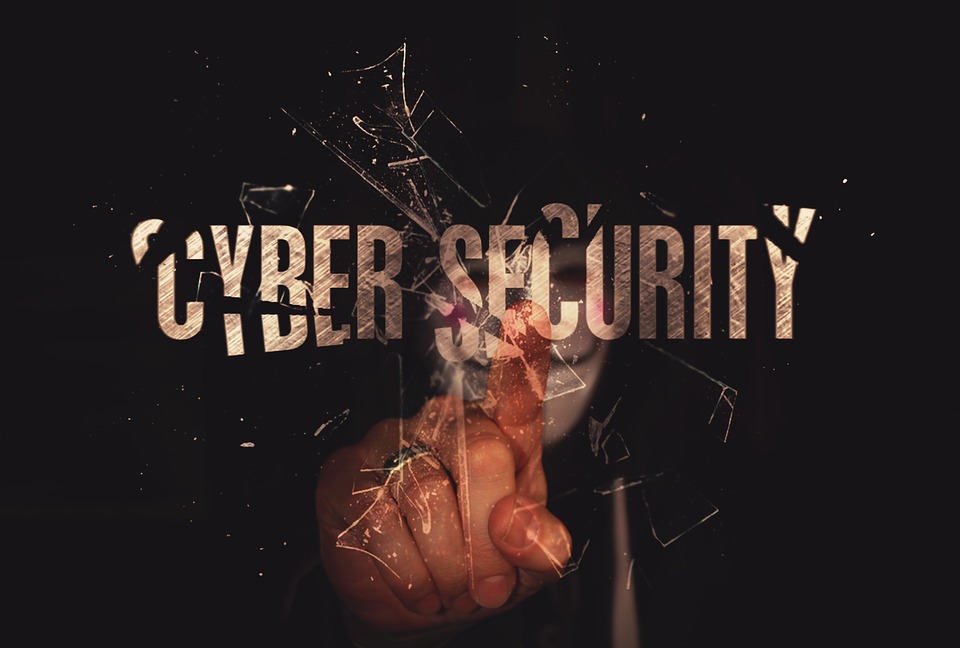
2017 was a big year for cyber attacks, but that’s not to say that cyber crime will ease in 2018. Just a few months in, we’re already seeing cybersecurity news of breaches, hacking, and criminals holding companies to ransom.
In my role, I regularly speak with Fortune 500 C-Suites and leaders representing the world’s top global brands, listening and learning about what security concerns keep them up at night. I also try to spend just as much time speaking with security researchers – ethical hackers devoted to discovering security flaws and vulnerabilities.
Based on countless conversations over the past 12 months with customers, partners, government officials, our internal cybersecurity experts, and leaders from both the security and research communities, there are some key trends coming up in the next year that companies should be aware of to help mitigate the risks.
#1: 2018 will be the worst year to date for cyberattacks
With 2017 being the worst year ever for cyberattacks, it’s tempting to think that we’ve hit rock bottom, but what we’ve seen so far is just the tip of the iceberg.
The fundamental issues that have caused the majority of recent cyberbreaches have not been resolved. IT departments are being tasked to manage increasingly complex networks, support new types of endpoints, and protect more and more sensitive data. Legacy systems are still rampant throughout most industries and cannot be easily upgraded or replaced. These systems often contain publicly known software vulnerabilities which can be exploited to penetrate the corporate network.

At the same time, attackers are getting increasingly sophisticated and have more incentives than ever to mount cyberattacks. From building ransomware or mounting DDoS attacks and demanding Bitcoin payments, to working with organised crime and even national governments, malicious hackers have numerous ways to monetise their skills and to protect themselves.
Governments and enterprises are recognising these new threats and deploying modern security solutions, but it will take years to decommission all of the legacy systems. 2018 will be yet another year where the shortcuts of the past come back to haunt us. More importantly, we need to start planning for the future by addressing the new threats posed by the Internet of Things (IoT), which go well beyond anything that we see in today’s cyberattacks.
#2: Cyberattacks will cause physical harm
Securing the Internet of Things is even more important than securing traditional IT networks for one simple reason: IoT attacks threaten public safety. A hacked computer or mobile device typically cannot cause direct physical harm. While it’s certainly frustrating to have our personal information stolen, it doesn’t compare to the impact of being involved in a car accident or having your infusion pump or pacemaker compromised. IoT security will literally become a matter of life and death, and we cannot simply wait for that to happen.
I’ve spoken recently about the need for stronger IoT security standards, especially as we continue to move towards smart cites. With the growing ubiquity of IoT and lack of focus on security, it’s only a matter of time until malicious hackers breach critical connected infrastructure and devices and cause direct physical harm to individuals and innocent bystanders.
#3: Hackers will target employees as they become a growing cybersecurity vulnerability
IT departments typically focus their spending on preventing external attacks, but the reality is that most data breaches start internally – either by sharing documents through unsecure, consumer applications or clicking on increasingly sophisticated phishing attacks.
While hackers are often depicted as technical geniuses using complex algorithms to break advanced cryptography, the reality is that simpler techniques can be just as effective. Criminal hackers aren’t seeking style points; they’re simply looking to breach the system as efficiently as possible. As our technical defenses continue to improve, employees will become the weakest link, increasingly targeted by attackers as part of their overall strategy.

My simple advice to all CIOs and CISOs: go hack yourself. You can spend all of your time building and buying systems that you believe will stop intruders in their tracks, but until you bring professional ethical hackers and let them simulate a real-world cyberattack (including phishing and other social engineering techniques), you won’t ever know if you’re truly secure. Our cybersecurity services team recently gained access to a customer’s network by simply getting T-shirts made with their company logo on it and stating that they were “with IT”. If your employees don’t know how to use the technology you put in place, or realise that they all play a critical role in keeping your company secure, everything a CIO/CISO does is for nothing.
#4: Insurance and cybersecurity products will go hand and hand
In 2018, it won’t matter which system or employee proves to be the weakest link, major corporate data breaches will happen and insurance companies are taking notice. They are taking notice because attacks to their clients could be as harmful as it could be helpful to their bottom line.
This year I predict we will see firms not only add more cyber policy holders to their roster, but also seek out two strategic avenues to help manage risk for them and their customers: products and experts.
Just like Progressive’s Snapshot plug-in device which helps the insurer provide personalised rates based on your actual driving, insurance companies will start selling products to help track their client’s security posture. They will even partner with security experts to appropriately evaluate a company’s ability to protect against a cyberattack. Scorecards will be given and companies that perform the best will be rewarded with a lower policy amount.






